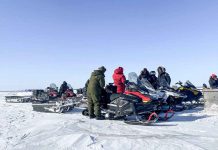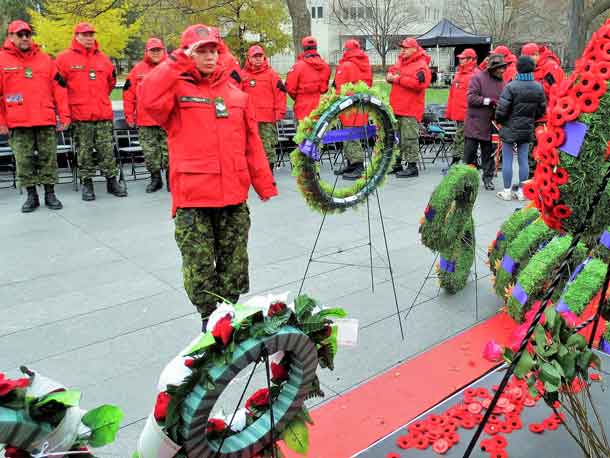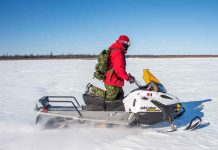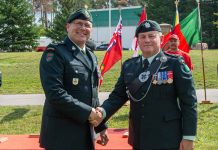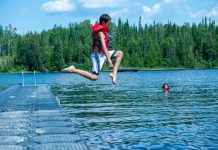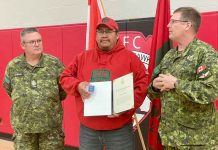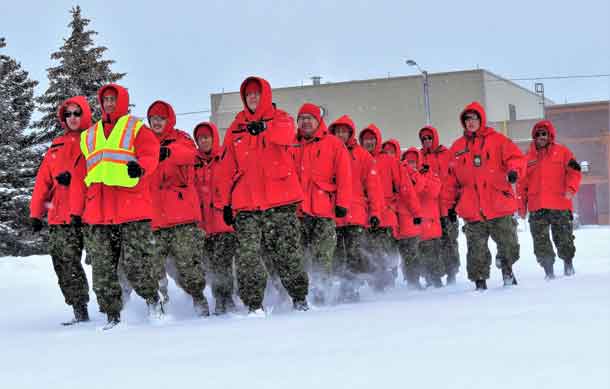
THUNDER BAY – The Canadian Rangers are celebrating a quarter century of service to the First Nations of Northern Ontario.
They were officially created in Ontario on November 3, 1993, when Major (Ret’d) David Scandrett , who was then a captain, became the first commanding officer of what is now the 3rd Canadian Ranger Patrol Group (3 CRPG ).
“l.iterally,” he said, “I had a piece of paper delivered to me in my office at (Canadian Forces Base) Borden. It was a copy of a message from the commander of (the Canadian Army in Ontario) authorizing me to set up Canadian Rangers – Ontario, which was the title at the time.
“There was nobody other than me in the unit at first but I had a vision of what the Rangers could do for their peoples and for the Canadian Army. That vision has come to pass and I am immensely proud of what the Rangers of Northern Ontario have achieved.”
Twenty-five years later there are 570 highly trained Canadian Rangers in 25 First Nations across the Far North of Ontario, with two more communities to be added early in 2019. In Ontario almost half the Rangers, who are part-time army reservists, are women. Across the Canadian North, there are 5,000 Rangers in more than 200 remote and isolated communities.
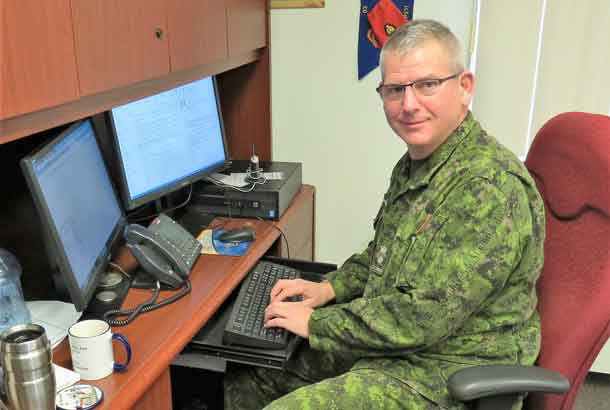
“Originally, the Rangers were lone wolves,” said Lieutenant-Colonel Matthew Richardson, 3 CRPG’s commanding officer. “If, when they went out on the land and they saw something unusual they were supposed to give us a call. They were the army’s eyes and ears in the North. For that purpose, they did not require much in the way of training or equipment.
“That’s very different to the Rangers of today. They are now members of a highly trained team, a family, an indispensable community organization, with a proud record of service to the peoples of their First Nations. They wear their red hoodies and uniforms with pride and with public recognition of what they do in the North.”
In the last 25 years, the Rangers of 3 CRPG have conducted search and rescue operations in some of the most potentially dangerous terrain in Canada to save children, the elderly, missing hunters, trappers, fishers, and overdue travellers They have rescued the crew of a downed plane. They have played key roles in the evacuations of several First Nations threatened by forest fires, tainted water, and spring flooding.
Last year they flew into two isolated communities – Wapekeka and Nibinamik – to operate around-the-clock patrols to prevent children from killing themselves during two major suicide crises. Not one suicide took place while they were in the communities. It was the first time a Canadian military unit had ever undertaken such a task.
As individuals, they have rescued people from burning buildings and given critical first aid to save lives in a shooting and prevented suicides. Their service has been recognized with national decorations, medals, awards, and commendations
They have provided specialized training in how to survive and operate in the North to thousands of Southern troops.
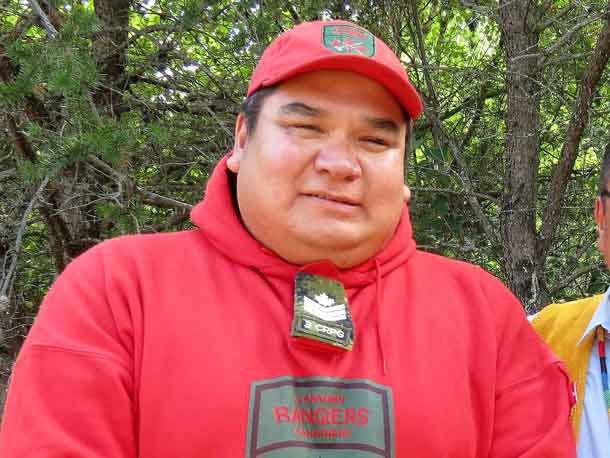
Sergeant Matthew Gull commands the Ranger patrol in Peawanuck, a small Cree community near the Hudson Bay coast. “When I started our mandate was only to be the army’s eyes and ears in the North,” he said.
“But as it progressed we got more and more involved in search and rescue and responding to other emergencies, such as evacuations, and the army brought organizational and specialized training to us, to add to our on-the-land knowledge and make us more efficient. As my patrol’s commander, I now have much more knowledge about how to respond to an emergency.”
The Rangers’ training is provided by army instructors who travel to the North from 3 CRPG’s headquarters at CFB Borden, near Barrie. The headquarters has a staff of 49. Rangers also receive training at military bases in Southern Ontario and elsewhere in the province.
The Rangers operate the Junior Canadian Rangers, a culturally appropriate program for boys and girls aged 12 to 18. There are more than 1,000 Junior Rangers in Northern Ontario. Camp Loon, an annual camp held in the bush north of Geraldton, provides advanced leadership training for about 150 selected Junior Rangers every summer.
“Camp Loon is the jewel in our crown, it is hugely successful,” Colonel Richardson said. “Next year it is going to be bigger and even better.”

